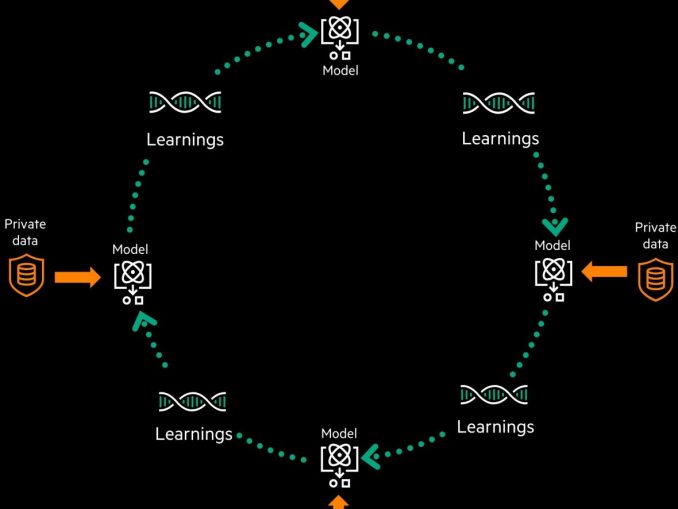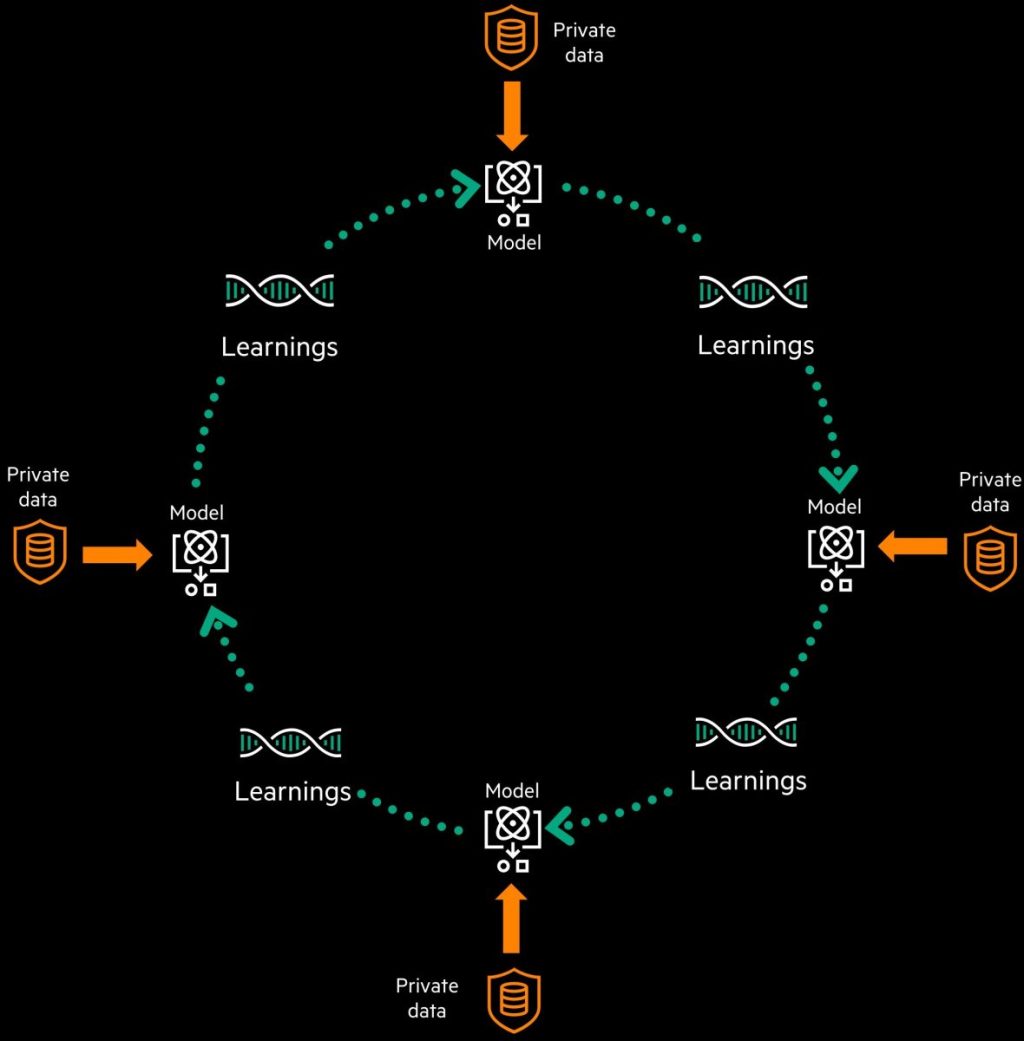With HPE Swarm Learning, Hewlett Packard Enterprise (HPE) is launching a decentralized AI training program. This allows different sites or organizations to share AI training results with each other without exchanging raw data. […]

Justin Hottard, executive vice president and general manager of HPC and artificial intelligence at HPE, said: Howard said HPE is making a significant contribution to spreading swarm learning, by providing a convenient solution for large organizations to collaborate, innovate and enhance the performance of their AI models – while meeting their ethical, privacy and regulatory requirements. by standards.
HPE Swarm Learning solves the problems of centralized AI training
Today’s AI model is typically trained in a central location with centralized data sets. However, this approach can be ineffective and costly when large amounts of data need to be sent to a single location. Additionally, data protection or concerns about data sovereignty often prevent data from being centralized. The result could be that very little data is available for AI training.
HPE Swarm Learning enables organizations to use distributed data sources for AI training without transferring source data. Instead, they share the results of AI training in the form of model parameters. This process is organized via the blockchain. For example, it controls the admission of swarm members and the recursive selection of a member that collects model parameters in the respective training cycle. This gives the swarm network stability and security. Additionally, large amounts of data can be accessed for AI training without compromising data protection or data sovereignty.
Possible application areas for HPE Swarm Learning include:
- Hospitals: They can share AI training results, for example from CT and MRI scans or from gene expression data, with other hospitals in order to improve disease diagnosis while protecting patient data.
- Banks and Financial Service Providers: It can combat credit card fraud by exchanging fraud-related form parameters with other financial institutions.
- Manufacturing locations: They can use swarm learning to improve their predictive maintenance by gathering training results from sensor data from multiple production sites.
Examples of early adopters of HPE Swarm Learning include the following organizations:
A team of cancer researchers at RWTH Aachen University Hospital has one study It was made to improve the diagnosis of colorectal cancer by applying artificial intelligence to image processing. The goal is to predict genetic changes that can lead to cells becoming cancerous. The researchers trained AI models using HPE Swarm Learning with patient data from Ireland, Germany and the United States, and compared predictive performance with two independent data sets from the United Kingdom. The results showed that swarm learning outperformed AI models trained on local data only.
Tigergraphis a graphic analytics solutions provider that specializes in fraud detection, combining HPE Swarm Learning with proprietary analytics tools to accelerate the detection of distortions in credit card transactions. The bundled solution increases accuracy when training ML models from massive amounts of financial data from multiple banks and branches in different locations.
HPE Swarm Learning is now available in most countries. Interested parties can find more information at hpe.com/info/swarm-learning and information about HPE’s AI solutions at https://www.hpe.com/de/de/solutions/artuate-intelligence.html.
here It is a video explaining the learning of the swarm.

“Total coffee aficionado. Travel buff. Music ninja. Bacon nerd. Beeraholic.”







More Stories
Wealthy families take more risks when it comes to money.
Salesforce and NVIDIA Form Strategic Collaboration to Drive AI Customer Innovation
Changing banks causes problems for customers